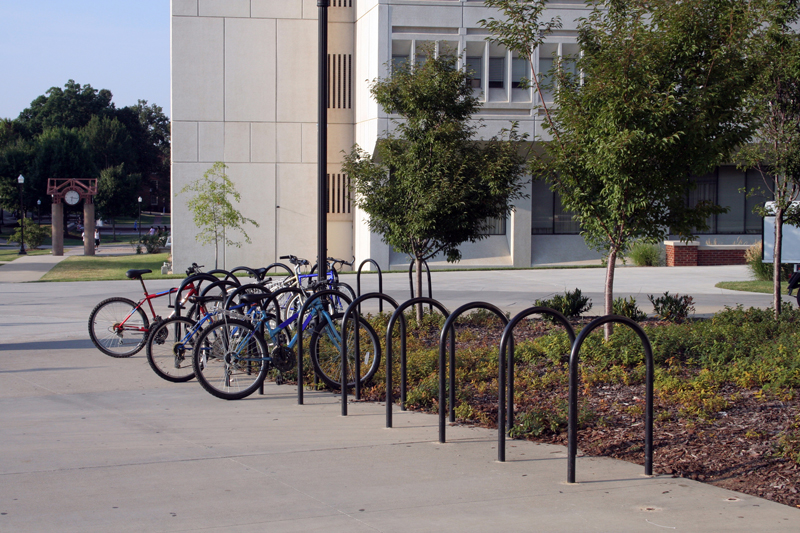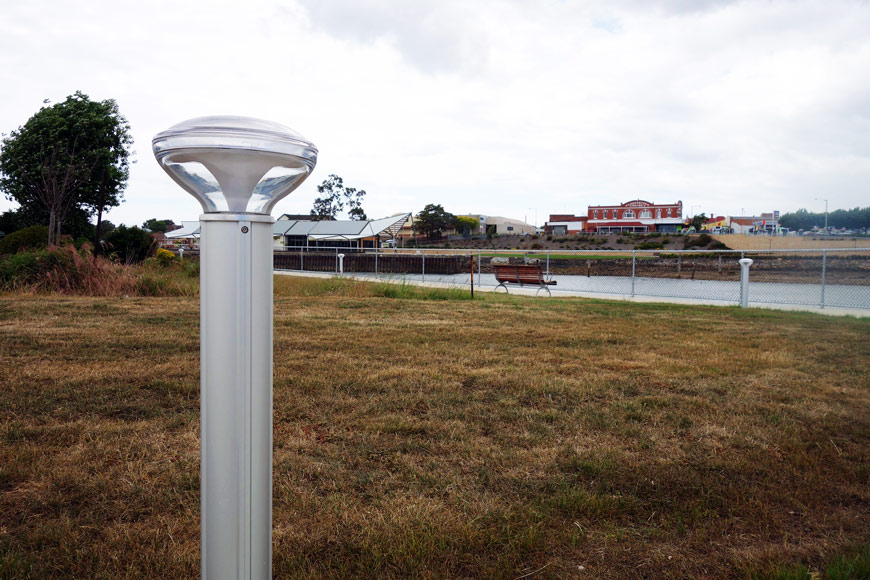Are online distributors and manufacturers using personalized price models?

In recent years, online consumers have become aware of inconsistencies in prices in the retail landscape. A digital shopping cart full of goods can see prices change rapidly—even over the course of a few hours. What’s driving this phenomenon is often unclear. It’s easy to feel insecure about when to make a purchase. Is a better price only a few hours away? Dynamic or agile retailing has been around for a long time, in which discounts are offered around overall purchasing patterns, and customers usually are aware of these deals coming down the line: you can stock up on chocolate the day after Valentine’s day. Yet these up-and-down fluctuations are new and often inexplicable, caused by a mostly online form of valuing called personalized pricing. It is helpful for customers to know, when shopping online, whether they are dealing with personalized pricing or whether the vendor is using transparent models, like the ones we use for our bike rack pricing and bollard pricing. Transparent models are slower moving, changing only with long term movement in the market.
An old style of trade making a return
For much of the history of commerce, sales were based on haggling. Prices were not advertised on tags. Instead, every purchase was a social exchange between a buyer or seller.

At a bazaar or market, a vendor would size up a customer, and offer a price based on their evaluation of the client. This price was a guessing game about the buyer balanced with the needs of the salesperson. What could the customer spend? What was the size and quality of the shop’s inventory?
Prices could fluctuate quite a bit between two customers, and throughout the day. Competition between buyers could be immediate, like an auction. Over the course of the day, the price of an item could double or halve, depending on how brisk the trade.
A buyer with expensive shoes might hear an initial offer quite a bit higher than the person who seemed a little more run down. Too run down, however, and the seller might not haggle at all.
Each exchange was a complex social interaction.
Then, in 1820, Alexander Turney Stewart opened a store in New York with a radical new policy. His prices would be transparent and equal. Consumers immediately began to flock to Stewart’s stores. The feeling of confidence in good value and equal treatment made his pricing system a welcome innovation. Soon, others picked up on the modernization, and an advertised price for all customers became the norm for North American retail outlets.
Coupons and discounts still create variability, but a trip to the grocery or department store is a predictable event—with occasional sales to take advantage of.
As the retail atmosphere has gotten more competitive, dynamic and agile pricing has been a major way for shops to draw customers. A store might launch a quick display and sale on sunscreen on the first warm day of the spring, taking advantage of local conditions. However, this agile or dynamic pricing has generally still followed the formula of discounting for all customers.
Now, two centuries after Stewart’s innovation, online and computer driven algorithms are seeing a return to the practice of setting a price for a specific individual. Instead of being a social interaction, this price negotiation is based on data, especially the cookies held inside a computer browser. Our online presence leaves a digital trail, and the little bits of information held about us have led to a new form of pricing, called personalized pricing. The consumer’s main strategy is walking away and waiting to see if things change. There are now apps that follow prices and alert customers of deals available to them, a sort of digital counterpart to buyer haggling.

Wholesale vs. retail pricing models
With all these changes in the marketplace, some clients can be shy about online purchasing. However, one of the great benefits to the online buyer is the ability to buy direct from the companies that produce or distribute products.
Manufacturing value is set by the economy’s “climate”: a slow-moving aggregate of market forces over time. Overall market supply and demand, production costs, and other overhead are reflected in a time scale of weeks to months, rather than minutes or hours.
Retailers have hourly and daily demand to contend with, which is the economy’s “weather.” For example, gas prices are often high Sunday early afternoon, when people are driving home from a weekend away, but drop again Sunday evening. In this way, retail responds to fast moving consumer demand.
Thankfully, for large projects from manufacturers and distributors, these retail fluctuations are not relevant. There are not many organizations who need 50 bike racks on the spur of the moment because the weather is sunny! The forces that make for very rapid price changes in a retail environment, and lead to insecurity about getting the best possible deal, do not play out in the same time frame for manufacturers and distributors.
In the world of wholesale, consumer behavior tends to be more wait-and-see. Customer service, expertise, value, and lead times are all important. Volume discounts and consistency in pricing allows for extra budgeting stability over the course of a longer project.
The components of bike rack pricing and bollard pricing
Reliance Foundry provides transparent pricing.
We list our prices on our website so that each buyer who visits online or speaks to our sales staff is assured they are getting the best value. These prices do change, but rarely—reflecting cost changes in our supply chain. Volume is discounted for economies of scale and as a matter of course. Standard installation hardware comes as part of the quote.
Our prices reflect our years in the industry. As a contract-manufacturer and distributor, we use experience to construct the processes to produce our stock lines. To get maximum value from metal casting requires knowledge of metal in liquid and cooling states, pattern design, inspection, and processing. Decades of experience allow us to oversee all these steps with confidence.
Our prices include duties, so there are no surprise costs when the order arrives. The only variables are shipping and taxes, since those costs are location dependent.
In personalized pricing, the end business still must make enough to cover the bottom line, and so consumers are right that a radical discount today means likely being overcharged in another transaction. Even as some companies experiment with different algorithms for online pricing, echoing eras where haggling was the way to set a price at the market, transparent pricing is still an option used by many online businesses whether they are retail, wholesale, manufacturers, or distributors. For large projects, consistency of pricing is important, allowing bids to be made with confidence based on given quotes. Innovations in sales models happen all the time, but in the end, it is competition and the consumer’s choice that drives what works, and what does not.












